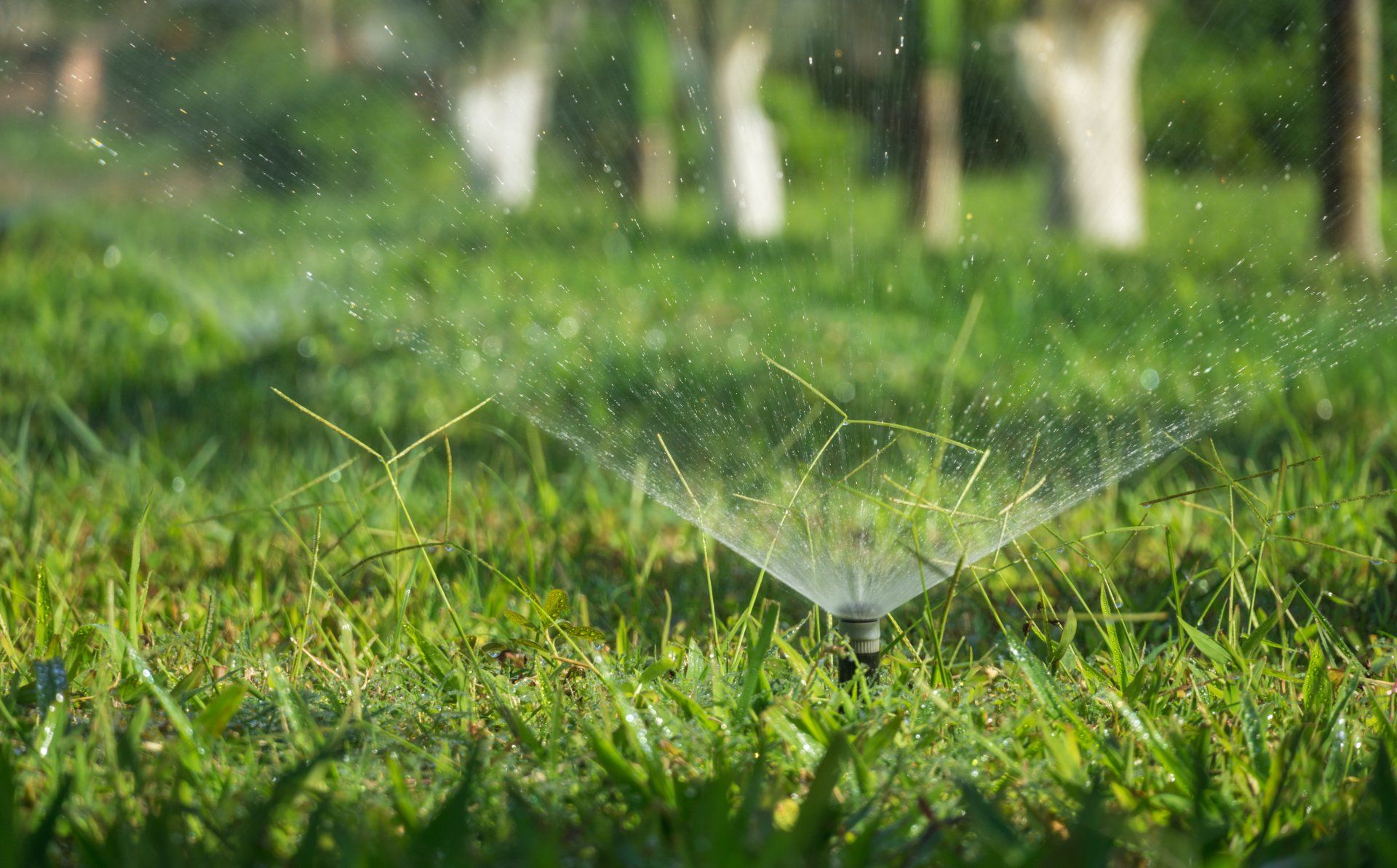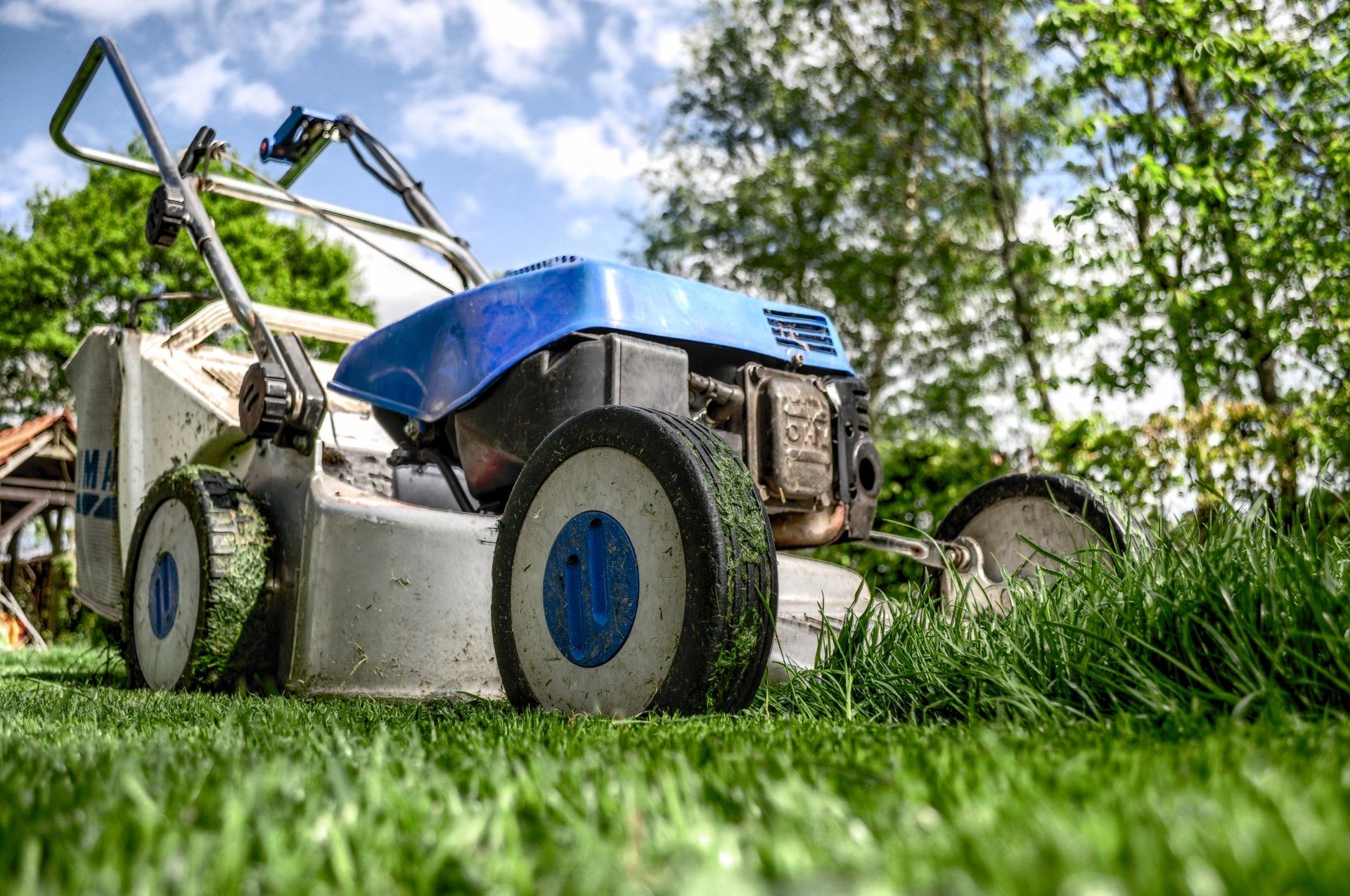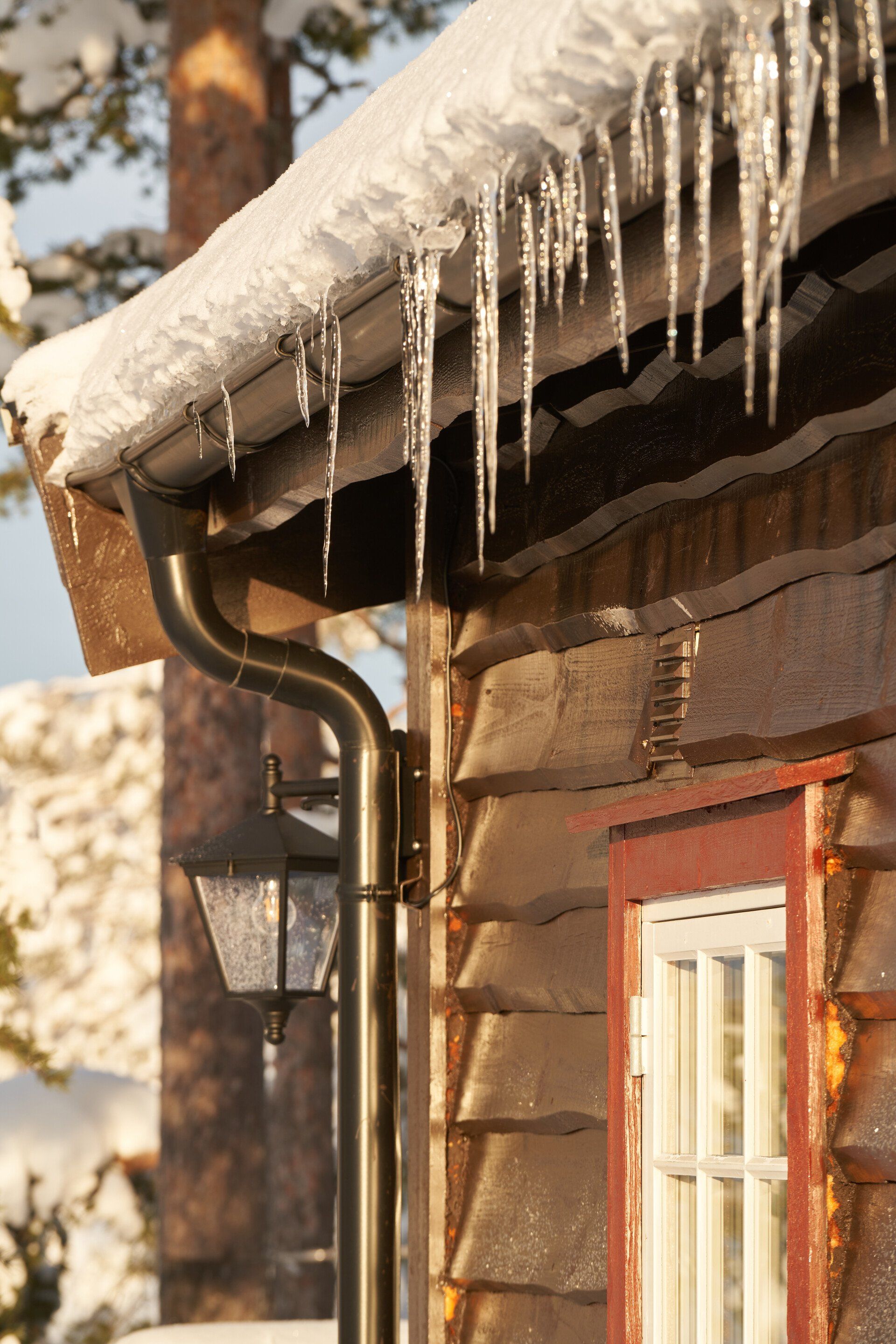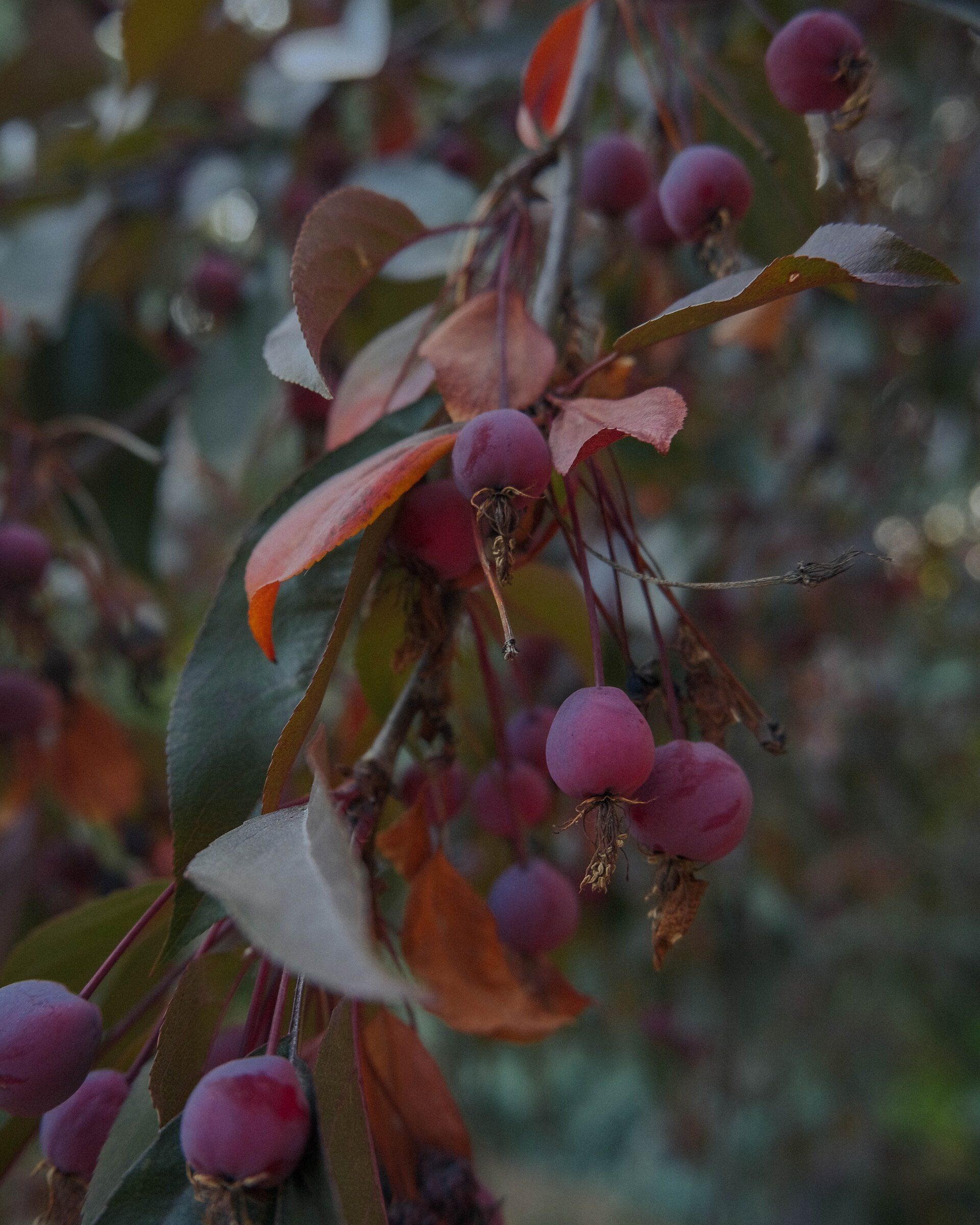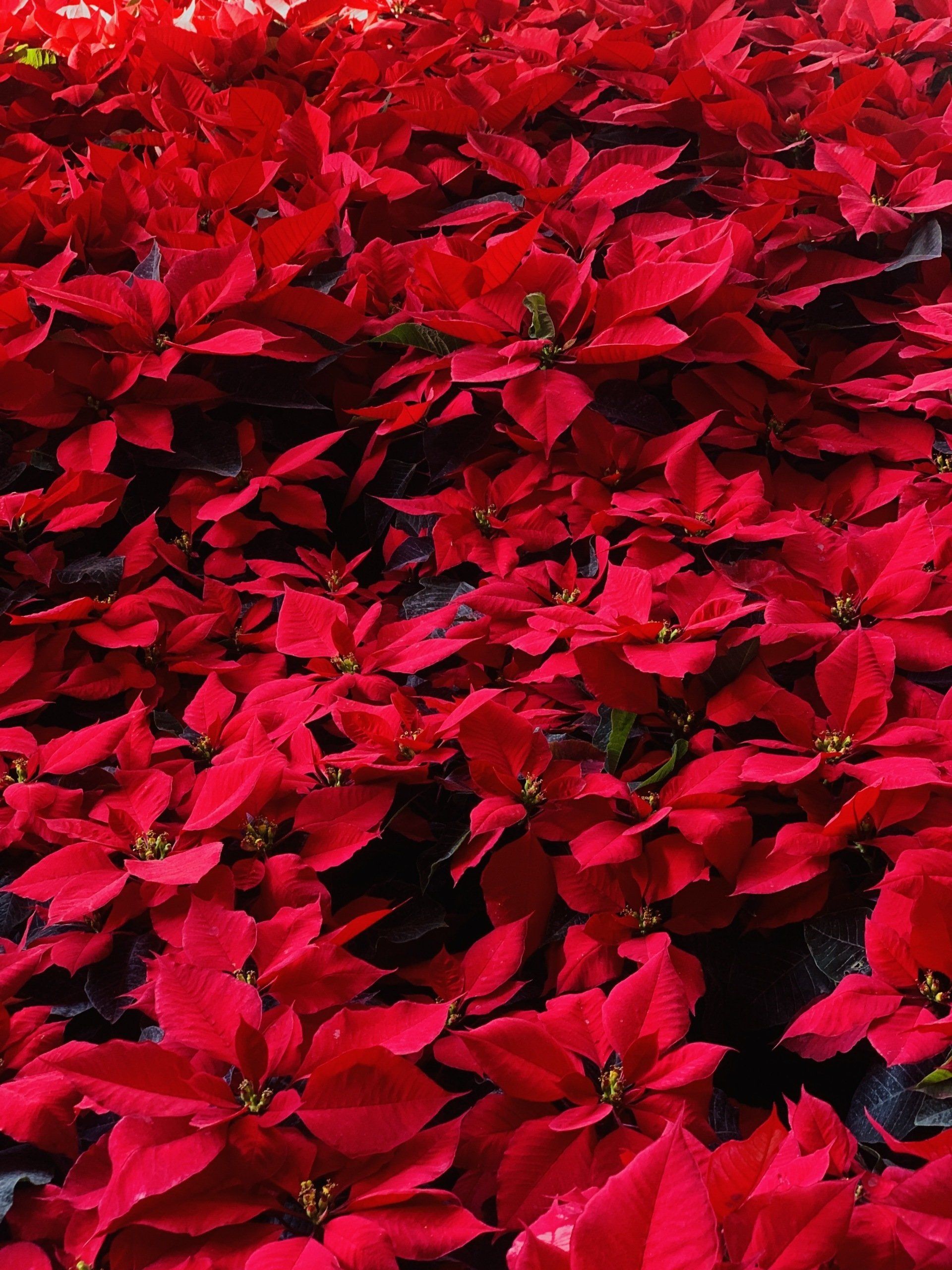The Frost Heave: How to stop it
The Frost Heave: How to stop it
In cold-weather climates that have extreme temperature fluctuations or in regions in which there are frequent instances of hard frost every winter, the plants, roads, and structures can be adversely affected by frost heave. This happens most frequently toward the end of autumn or at the start of spring when conditions are optimal, but it can occur in any kind of soil. Find out how to prevent the frost heave from creating destruction to your landscape, home, or commercial property with the help of experts.
What is Frost Heave?
Frost heave occurs naturally as a phenomenon caused by the expansion and contraction of soil in alternating intervals of freezing and thawing. To allow frost heave to occur, it must be able to meet certain requirements, such as:
- Temperature: Frost heave can only be seen in areas that have temperatures that are low enough that they can penetrate into the upper layer of soil.
- Moisture content: There has to be sufficient moisture in the soil for it to expand.
- Soil: Soil should be prone to frost. Clay, loam, and silt are the most in danger due to their high water content.
If temperatures outside drop to below 32 degrees F, cold air penetrates the soil and freezes the water in the soil, which causes the soil to grow. The expansion and subsequent formation of ice could occur as water that is deeper below is pulled in the upward direction, which lifts soil roots, plants, rocks, and other substances from the soil. This process continues as the soil is exposed to freezing and thawing processes and gives the impression it appears to be "growing rocks."
Tips to Prevent Frost Heave
If you're concerned about your landscape, you must be aware of how to prevent frost heave in order to safeguard your hardscape, plants, and even the foundation of your home. The best tips are:
Think Ahead
Plan to plant perennials a minimum of six weeks ahead before the frost's first day of the season in order to give enough time for the root systems to establish. Select your plants based on the zone of hardiness within your region, including those that are cold hardy.
Be Vigilant
Keep an eye on the plants that are vulnerable. If you spot an area of heaving there, you can gently put the soil back in position or over the exposed roots with more soil and mulch.
Promote Drainage
A well-drained soil is an essential component in preventing frost heave. It is vital to take care of both subsurface and surface layers to avoid the pooling of water. The steps include:
- Include organic matter in the soil every spring and autumn to loosen soil and aid in drainage.
- Rake and fill in low spots during the preparation process and clean the garden beds.
Insulate by using Mulch
Alongside benefits like nutritional and weed control, mulch also helps in regulating your soil's temperature by providing an insulation blanket. Spread a layer of organic mulch, such as compost, shredded leaves, straw, or bark mulch to a thickness of 4 inches following your first frost hard.






